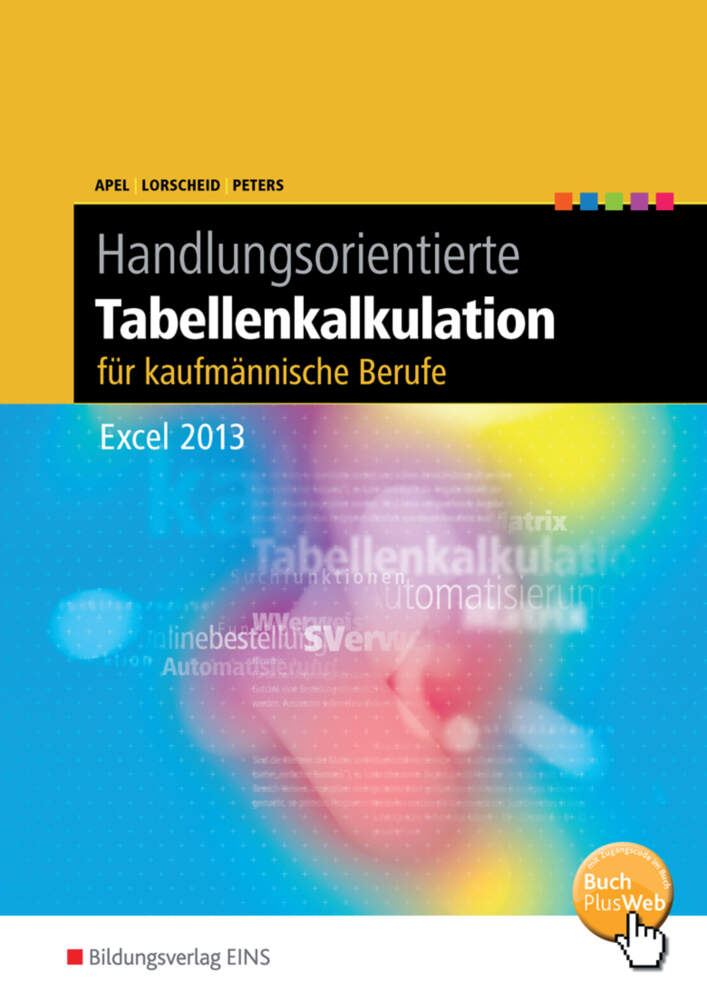
In addition to the 119 outcome series, there were five studies (127– 131) that contained only data on prognostic factors suitable for the present review.
Stefan kaiser occupational med series#
A preliminary and descriptive report on 108 patient outcome series published before 1996 (126) was used as a starting point for the present analysis.

Thus, a total of 119 patient outcome series on anorexia nervosa were suitable for the present analysis. In addition to these three reviews, and based on a systematic search with PUBMED, I identified an additional 27 series of patients in outcome studies published between 19 (100– 125). Furthermore, Fichter and Quadflieg (81) discussed 22 additional series of anorectic patients (82– 99 unpublished 1991 paper presented by Halmi). Previous reviews of the outcome of anorexia nervosa by my associates and myself covered 45 studies (with 46 series of patients) published between 19 (10– 56) and 23 additional follow-up studies (with 24 series of patients) published between 19 (57– 80). Selection criteria for the inclusion of studies in the present review were the following: 1) the study contained data on at least one of 15 outcome measures, and/or 2) the study contained data on any prognostic factor. At the end of the 20th century, medications played a role in the treatment of some patients with anorexia nervosa, but they have been rarely used as the exclusive mode of intervention (9). In younger patients, the inclusion of family therapy has been advocated since the 1970s (3, 8). Later, both behavioral and cognitive interventions were added to treatment programs (7). Treatment of anorexia nervosa shifted in the second half of the 20th century from a purely medical approach that included reliance on neuroleptics in the 1950s and 1960s to a strong emphasis on individual psychotherapy (4), taking into account both a developmental and a biological framework (5) and the need for a multifaceted treatment approach (6).

Currently, the etiology of anorexia nervosa is not fully understood, with present models emphasizing its multifactorial origin, coupled with multiple determinants and risk factors and their interactions within a developmental framework (3). In the 20th century, critical analyses of epidemiological data showed that a true increase in the incidence and prevalence rates of anorexia nervosa over time was questionable (2, 3). Advances in etiology and treatment may improve the course of patients with anorexia nervosa in the future.Īnorexia nervosa received its present name only in the late 19th century (1). CONCLUSIONS: Anorexia nervosa did not lose its relatively poor prognosis in the 20th century. Most clearly, vomiting, bulimia, and purgative abuse, chronicity of illness, and obsessive-compulsive personality symptoms are unfavorable prognostic features. Several prognostic features were isolated, but there is conflicting evidence. There was no convincing evidence that the outcome of anorexia nervosa improved over the second half of the last century. Longer duration of follow-up and, less strongly, younger age at onset of illness were associated with better outcome. The presence of other psychiatric disorders at follow-up was very common. The normalization of the core symptoms, involving weight, menstruation, and eating behaviors, was slightly better when each symptom was analyzed in isolation. Among the surviving patients, less than one-half recovered on average, whereas one-third improved, and 20% remained chronically ill. Mortality estimated on the basis of both crude and standardized rates was significantly high. RESULTS: There were large variations in the outcome parameters across studies. METHOD: A total of 119 study series covering 5,590 patients suffering from anorexia nervosa that were published in the English and German literature were analyzed with regard to mortality, global outcome, and other psychiatric disorders at follow-up. OBJECTIVE: The present review addresses the outcome of anorexia nervosa and whether it changed over the second half of the 20th century.


 0 kommentar(er)
0 kommentar(er)
